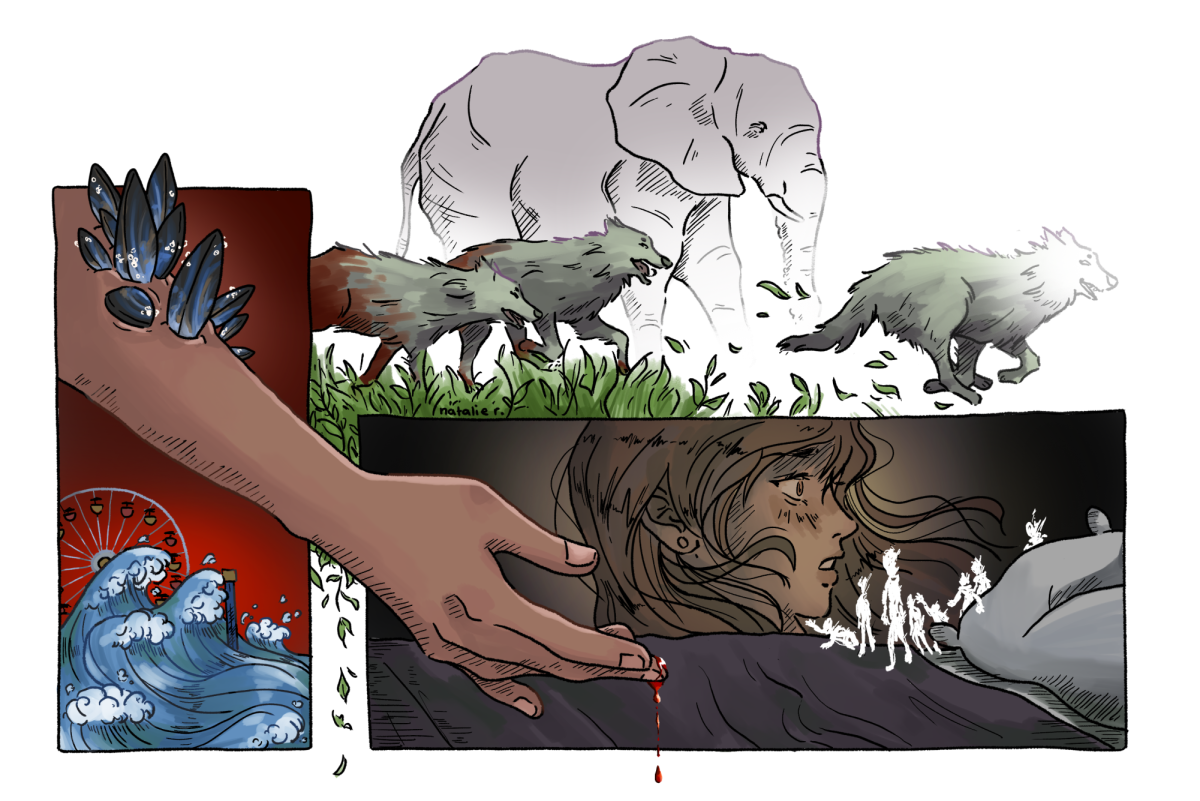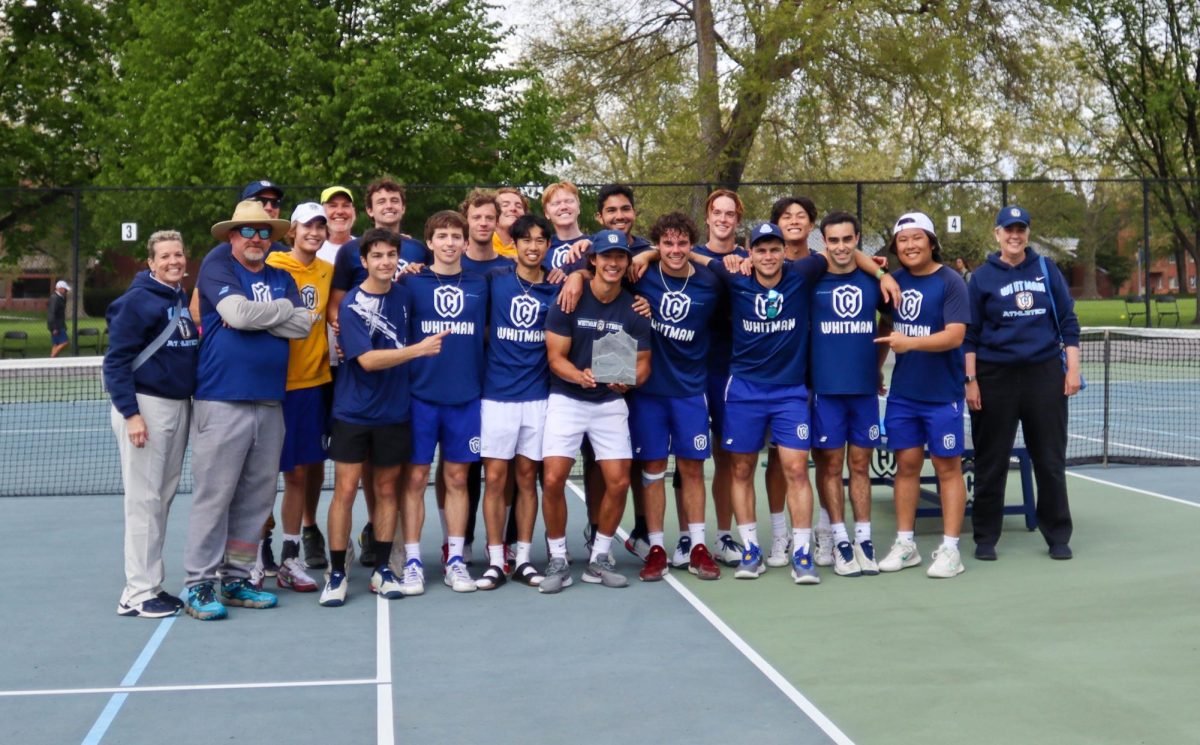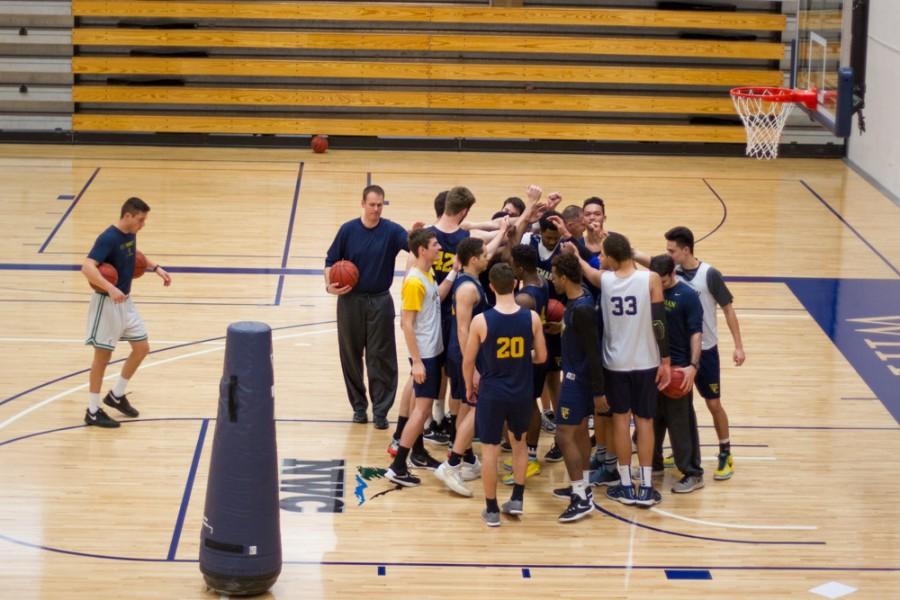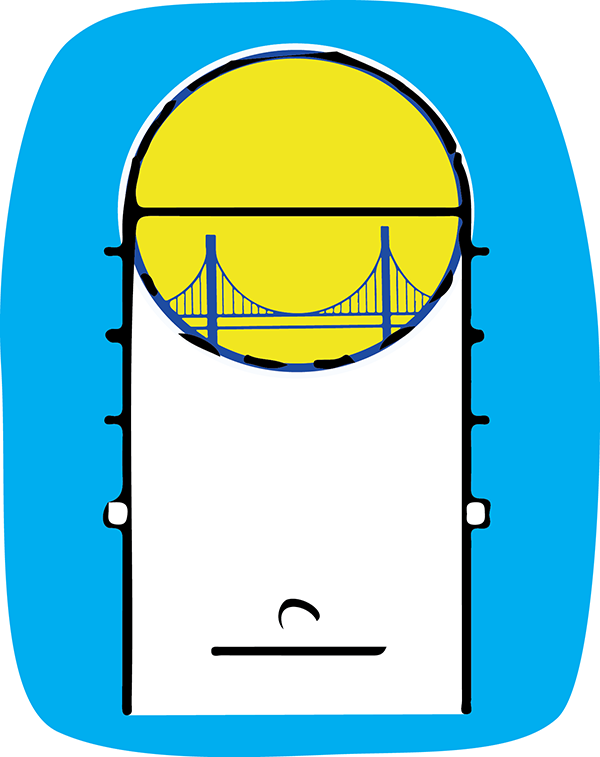Over the years, many of Whitman’s athletes have used their ambition and passion for sport to create a unique culture and community on campus: club sports.
Instead of the strict structure of varsity athletics, with conference affiliations and coaching staffs, club sports are entirely student-run. Club athletes have the opportunity to determine how and when they want to practice and play, as well as learn skills such as budgeting and leadership.
“When it comes to club sports, student interest … is the driver. What are students interested in? What do they want to compete in? Where there is a group of students who want to compete in something, typically that is where club has emerged,” said Athletic Director Dean Snider. “And so rather than being directed by the conference [and] by the NCAA, our club sport offerings are really directed by Whitman College students.”
Just five years ago, the athletic scene at Whitman looked very different than it does today. From a club sports perspective, the improvements in terms of the college’s funding of its club teams are dramatic to say the least. Between ASWC and the college, the budget has grown exponentially and allocative rules are becoming less restrictive.
Still, the ever-expanding nature of Whitman club sports inevitably causes problems in terms of resources. ASWC and the college shoulder the majority of the monetary weight needed to support club sports.
How it works
Every spring, each club team submits a budget request to ASWC for the following fiscal year, which includes estimated travel and competition costs for a projected roster size. ASWC must budget its own resources and then work with the college to determine how many of those requests can be met.
For many teams, these projections include travel costs. However, the budgets do not cover enough travel costs to allow teams to go to as many competitions as they would like, thus requiring out-of-pocket expenses. For example, each member of the men’s Ultimate team will pay about $500 this year in out-of-pocket travel expenses. Last spring, the Sweets traveled to three major out-of-state tournaments––the Stanford Invite in California, Centex 2012 in Texas and the Big Sky Sectionals in Idaho––and the team itself financed many of those expenses.
Due to the timing of budget request submissions, spring club teams including Ultimate must consider postseason tournaments in their projected budgets. In order to compensate for the potential added costs, teams fundraise money or pay out of pocket.
“We’ll write [the Nationals request] into our budget this spring,” said senior Ultimate player and former captain Natalie Jamerson. “We do as much fundraising as we can, like we bring in a couple thousand dollars in the spring from our tournament [Onionfest], but that’s split between men and women and we blow through that pretty fast. ASWC contingency is a nice buffer or if you’re really in need of more funding that’s something you can turn to, but that deadline is sooner in the season than we’re able to submit our request because we don’t know about Nationals until May.”
Just last year, ASWC moved to increase its funding of club sports: Its bylaws now allow ASWC to match up to 75 percent of what the college allocates to club sports. In 2011-12, ASWC funded $35,000 of the club sports budget. Club sports are on the minds of ASWC officers again this year.
“I had the opportunity to present to the President’s Budget Advisory Committee, prior to Thanksgiving break, some budget priorities that ASWC would like to see the college invest in,” said ASWC President Kayvon Behroozian in an email. “One of these priorities was urging the college to increase the amount it contributes to club sports by $10,000.”
This increase in college funding would in turn allow ASWC to increase its own funding of club sports.
Behroozian also noted the commitment demonstrated by club athletes to find the resources to go to competitions, even if that means paying expenses themselves.
“Currently, many club sport participants pay anywhere from roughly $50 to over $500 a year to participate, travel and compete … This demonstrates significant dedication by our students. However, this also demonstrates that the amount that ASWC and the College contributes to the club sports community can be increased to help support our club sports,” said Behroozian. “Our club sports community has a lot to brag about and there are a number of Whitman club sports [that] are nationally and regionally recognized for their excellence and success. Given that these positive reputations reflect positively on Whitman, I feel that increased and continuous support of the students who contribute to these positive reputations is necessary.”
The student body will be informed of the decision in late February 2013, when the college’s budget for the coming year is finalized.
Despite the significant improvements, frustrations continue to arise in the realm of club sports, as well as with their relationship to varsity athletics.
“I think a lot of the frustrations between those different facets have come from a lack of communication,” said ASWC Athletics Advocate Molly Blust. “For example, there really wasn’t a lot of communication between ASWC and really anything in club sports until last year when they put in the ASWC Athletics Advocate position. ASWC puts a fairly large monetary portion into the club sports budget, and so not having any communication with that was a little bit of an issue and a little bit of a difficult time communicating between administration and teams.”
For club sports specifically, the college’s chaperone policy continues to be problematic, especially as more club teams decide to test themselves in more competitions off-campus.
Whitman’s chaperone policy mandates that an adult over the age of 25 or Whitman staff member must go with a club team to any off-campus event.
“[The policy] was put into place to keep more safety in the trips, as far as alcohol use and safe driving [goes],” said Blust. “There’ve been some frustrations on the students’ side as far as just not feeling that the policy was really working in their favor or that they were kind of having to babysit the chaperones instead of the chaperones really adding to the program. There’s definitely teams that have had good chaperones and that see benefits [for their] program.”
According to Blust, improving the chaperone policy will be a focus for ASWC during the end of the fall semester and into the spring. The biggest factor for Blust, ASWC and the administration will be ensuring that communication lines remain open regarding chaperones, so that everyone knows why the policy is in place, how the administration can continue to feel the trips are being conducted in a safe manner and how the chaperones can be an asset, rather than a liability, for the club teams.
Search for solutions
From the student level, frustrations amongst club teams arise primarily in terms of scheduling. Senior men’s club volleyball captain Gus Friedman believes those frustrations are a product of the varsity-club structure.
“I think conflicts arise in practice space and the use of campus facilities and … this depends a lot on the club, on the team you talk to,” said Friedman. “I have heard of Frisbee running into problems using the soccer fields … This semester, the multipurpose gym is booked Monday to Thursday from 4 to 7 or 8 [p.m.] by the basketball teams and baseball team, leaving the club volleyball team practicing from 8 to 10 [p.m.] and anybody else more or less out of luck … The club teams make do but are playing at really inconvenient times because they don’t have other options.”
Jamerson agrees that a lack of effective communication has been a frustration for club teams.
“There’ve been a lot of issues about not being respected, especially with use of field space,” said Jamerson. “There is a pecking order for which teams get field space and it’s obviously in-season varsity first and then there’s been this question of off-season varsity and in-season club. To have support from the administration and the club sports advocate really helps that, to be able to have that gym space [or] have that field space that we need for our seasons is really important. [It’s been important to] establish good communication with coaches.”
At least one sport has figured out how to strike a balance between varsity practices, club practices and community use. The men’s and women’s varsity and club tennis teams have had a structure in place for a number of years that allows all teams who want to use the outdoor and indoor tennis courts to negotiate scheduling.
“I think that the two varsity teams, the club team and the Whitman community works well together,” said senior varsity tennis player Alyssa Roberg. “For the most part, the varsity teams switch on and off early versus late practice … and we set that schedule in the beginning of the year and just stick to it.”
The tennis teams, both varsity and club, have been able to maintain open lines of communication and while varsity does take precedence for court time, there is never doubt about whether club teams will get practice time.
“The club team does a really good job of communicating with us … Even though for them court space is definitely limited as far as times go––I understand we do definitely have the courts at the most-used time––they communicate with us and they use the courts whenever we’re not,” said Roberg.
Despite all the existing frustrations between club sports and varsity athletics, or club sports and the Whitman administration, most parties involved agree there are potential solutions; viability, then, remains the largest obstacle.
“I think [the tension] is one that, as much as it would be great if the whole athletics community could all be on one page, there’s always going to be that varsity versus club [atmosphere],” said Blust. “I think it’s definitely something that can … be eased. And I think a lot of that comes down to communication and just establishing a very solid [idea of] how scheduling is going to work.”
According to Friedman, conflicts are inevitably going to arise between club and varsity sports, because both levels want to be as competitive as possible but have different access to available resources, such as practice space. However, Friedman firmly believes that athletes’ frustrations over resources are with the institution, not with other athletes.
“I don’t see club sports practicing any less in the future and I don’t see varsity sports practicing any less in the future. And I think it’s hard to argue that varsity sports shouldn’t get precedence over the space,” said Friedman. “We’ve reached our allocation limit with the space we have. The solution I see is finding more space, either renting from somewhere else or building a new facility … It’s hard to envision where that would get built on campus. One way or another something needs to be done; you can’t deny that the need [is] there. We’re seeing it every day of the week.”
While club athletes see evidence of this hierarchy when it comes to resources like practice space and time, they recognize that this is mostly a product of the system.
Friedman believes that though the frustrations are hard to navigate, they have not negatively affected player-to-player interactions between club and varsity teams.
“I don’t know how much [the conflict over playing space] plays into the club-varsity player nexus. I don’t think anybody particularly blames the other. Everyone tries to be civil working these things out and it’s just trying to figure out the best use of the scarce resources,” said Friedman.
When asked if the relationship between the women’s varsity volleyball team and the men’s club volleyball team is positive, Friedman resoundingly replied, “definitely.”
“We make a point to, as a team, be at their games and supporting [them] and taking pride in being loud and obnoxious to an extent to the opposition and making it a good atmosphere for the games [and] for the team,” he said. “We organize things outside of [games] together … It’s definitely a good relationship and we all enjoy it.”













